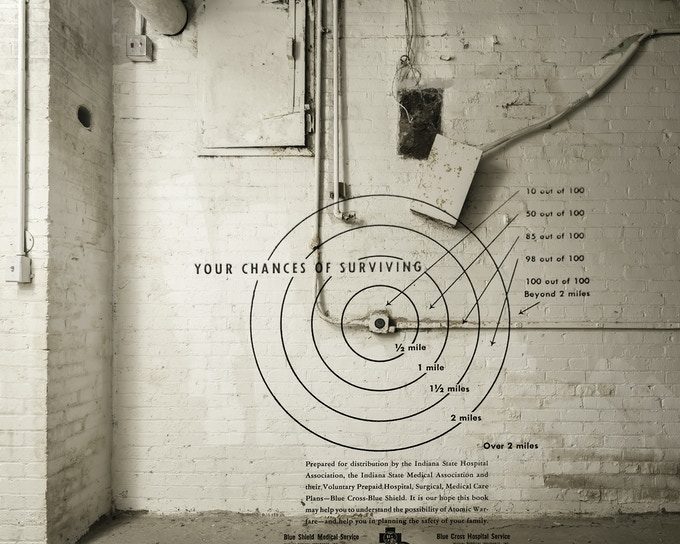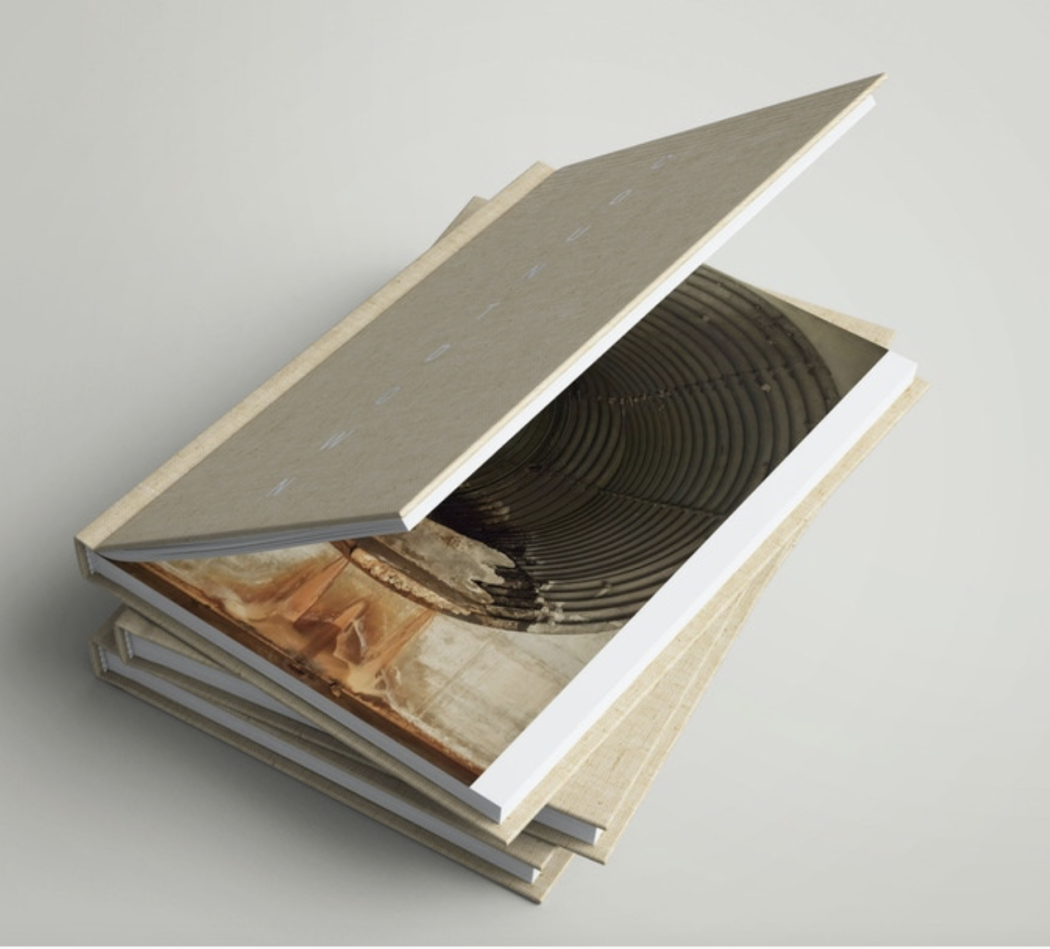
Survival Chances, 2016, from the project “Fallout” by Jeanine Michna-Bales
A chilling project titled “COUNTDOWN,” by East Dallas photographer Jeanine Michna-Bales and photographer Adam Reynolds explores the past and present threat of nuclear weapons.
It’s critical, the artists say, to view our uncertain present through the lens of the past. People look upon Cold War images and relics with awe and disbelief, the collaborators say, but COUNTDOWN reminds us of “the nuclear gun that continues to be pointed directly at all of us today – cocked, loaded and on a hair trigger.”
COUNTDOWN, which includes a photography exhibit and a carefully designed and considered companion photobook, needs to wrap up funding. There is not much time, so please check out the Kickstarter pitch. This is about as worthy as it gets. Kickstarter is all or nothing, and every bit helps, Michna Bales tells us of the fundraising effort. Of $27,500 needed, they have raised $19,552 with 45 hours to go.
“In light of the Ukraine war and NATO expansion, learning from the past is more important than ever,” Michna-Bales says.
In COUNTDOWN, the collaborators look at the implications of nuclear war from different angles.

“COUNTDOWN” book showing how a single vertical image looks on a page, courtesy Jeanine Michna-Bales
Jeanine’s series, “Fallout: A Look Back at the Height of the Cold War,” explores America’s defensive tactics through images of Cold War-era fallout shelters throughout the United States.
Adam’s series, “No Lone Zone,” looks at the offensive side in his images of nuclear missile silos that have been converted into tourist sites.
“Quiet architectural spaces, devoid of people, allow us to come face to face with present nuclear anxieties while also offering a look into the collective psyche of the American people during the Cold War,” the artists explain in the statement.

RFHCO Suits, Titan II, 2017″ from “No Lone Zone” by Adam Reynolds
“Utilizing Civil Defense materials, Jeanine’s overlays allude to our attempts to quantify and rationalize a nuclear war and its aftermath,” according to the statement. “While Adam’s glitched images, employing faux nuclear coding, hint at the inherent dangers of a breakdown in the command and control system, both intentional and accidental.”
Author and Slate reporter Fred Kaplan writes in COUNTDOWN’s introductory essay, “Looking at the photographs in this book, it is important to keep in mind: they are not merely artifacts of history.”
The images in COUNTDOWN explore an “architecture of failure,” the artists note.
“If these spaces were/are ever used as designed, it will mean our total failure as a species.”
Michna-Bales’ past work includes “Through Darkness to Light,” a photographic journey depicting the Underground Railroad from Louisiana to the Canadian border and “Standing Together: Inez Milholland’s Final Campaign for Women’s Suffrage.”
She has told the Advocate she’s most interested in advocacy art, and is inspired by the conversations such work inspires.
She also used to photograph for the Advocate, before she became so famous.





